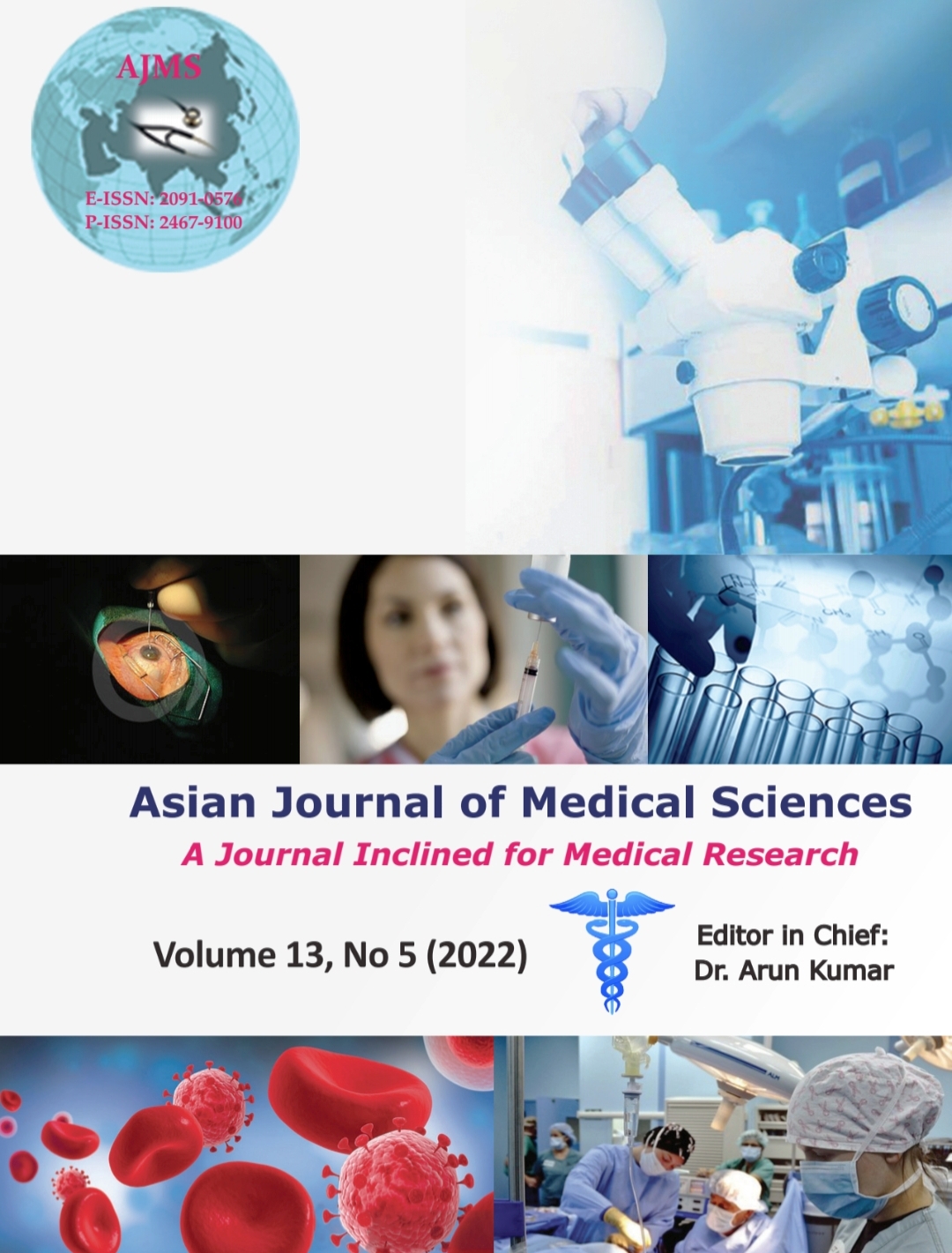Clinical sub typing of newly detected type 2 diabetics on the basis of pancreatic beta cell function and degree of insulin resistance and their clinical characterization
Keywords:
HOMA-B%, HOMA-IR, Type2 diabetes mellitusAbstract
Background: Insulin resistance is a major cause for developing type 2 diabetes but is not synonymous with the type 2 diabetes. Pancreatic beta cell dysfunction probably needs to be sets in for clinical occurrence of type 2 diabetes. So knowledge regarding residual beta cell function and degree of insulin resistance is essential.
Aims and Objectives: The objectives are as follows: (1) To estimate degree of insulin resistance (HOMA-IR) and pancreatic beta cell functional capacity (HOMA-B %) among newly detected Type 2 diabetics and (2) to identify different clinical phenotypic presentations of type 2 diabetes on the basis of these parameters.
Materials and Methods: This present study was conducted in newly diagnosed type 2 diabeticpatients. After obtaining informed consent, anthropometric and clinical examination was carried out in all patients. Venous blood samples were drawn for fasting plasma glucose,c-peptide,fasting insulin level,HbA1c,lipid profile, etc.HOMA-IR and HOMA-B% were calculated with HOMA 2 calculator.
Results: A total 100 newly diagnosed type 2 diabetic patients were studied. About 71% pt of study population had HOMA-B% value below 50% and half of study population had significant amount of insulin resistance. Three distinct clinical phenotypes had identified. Insulin resistance predominant group (30%), beta cell dysfunction predominant group (45%), and both abnormalities coexist group (25%).
Conclusion: By the time of diagnosis of Type 2 diabetes, more than two-third study population had <50% residual beta cell function left and more than half had significant degree of insulin resistance. Hence,this functional assessment needs to be done for appropriate antidiabetic drug selection and for identification of different clinical phenotypes.
Downloads
Downloads
Published
How to Cite
Issue
Section
License
Copyright (c) 2022 Asian Journal of Medical Sciences

This work is licensed under a Creative Commons Attribution-NonCommercial 4.0 International License.
Authors who publish with this journal agree to the following terms:
- The journal holds copyright and publishes the work under a Creative Commons CC-BY-NC license that permits use, distribution and reprduction in any medium, provided the original work is properly cited and is not used for commercial purposes. The journal should be recognised as the original publisher of this work.
- Authors are able to enter into separate, additional contractual arrangements for the non-exclusive distribution of the journal's published version of the work (e.g., post it to an institutional repository or publish it in a book), with an acknowledgement of its initial publication in this journal.
- Authors are permitted and encouraged to post their work online (e.g., in institutional repositories or on their website) prior to and during the submission process, as it can lead to productive exchanges, as well as earlier and greater citation of published work (See The Effect of Open Access).




